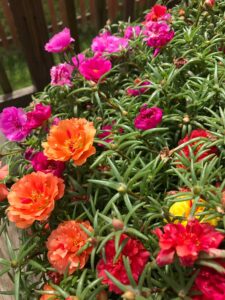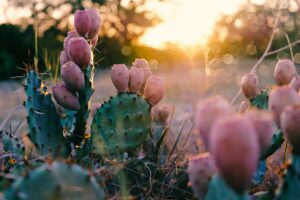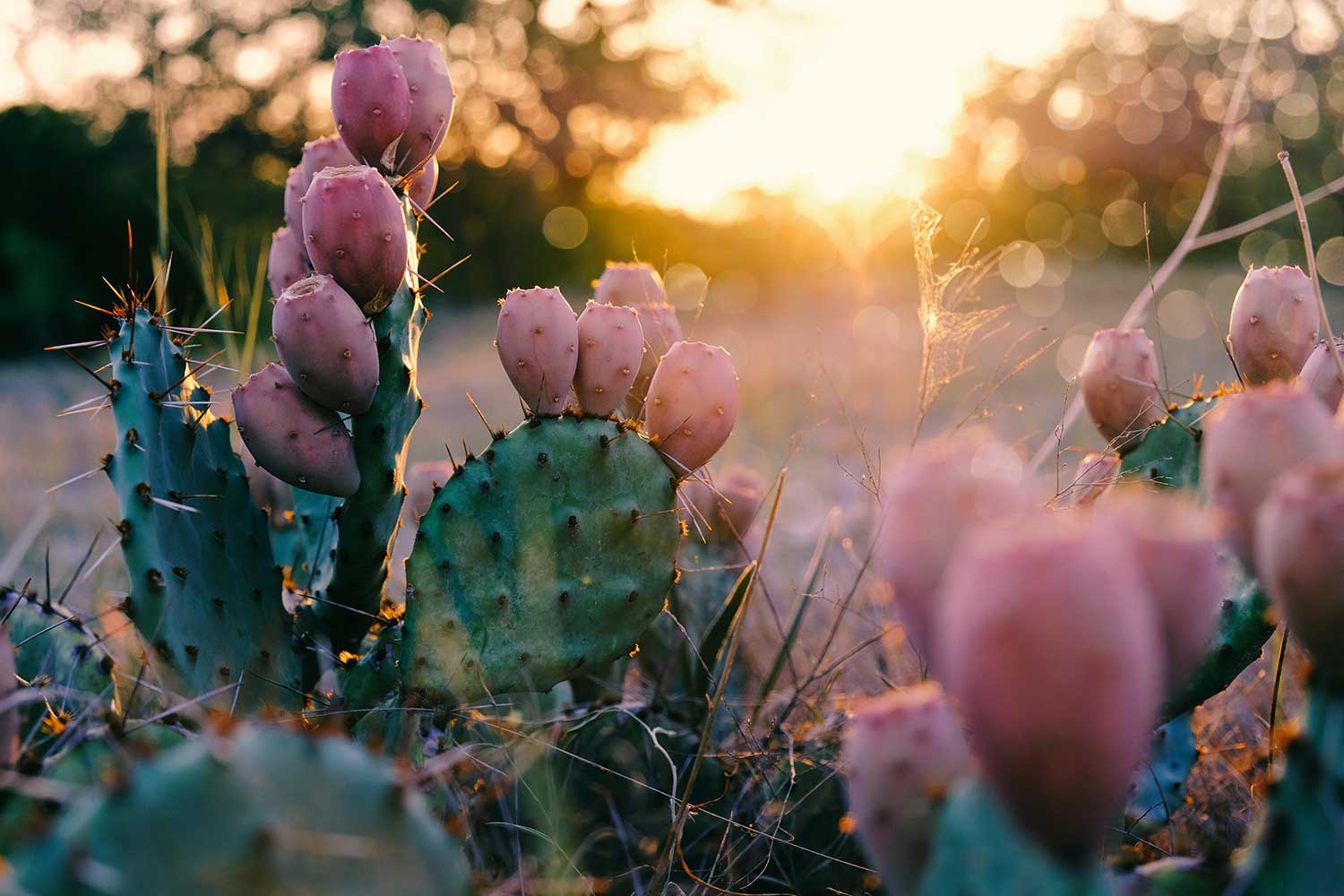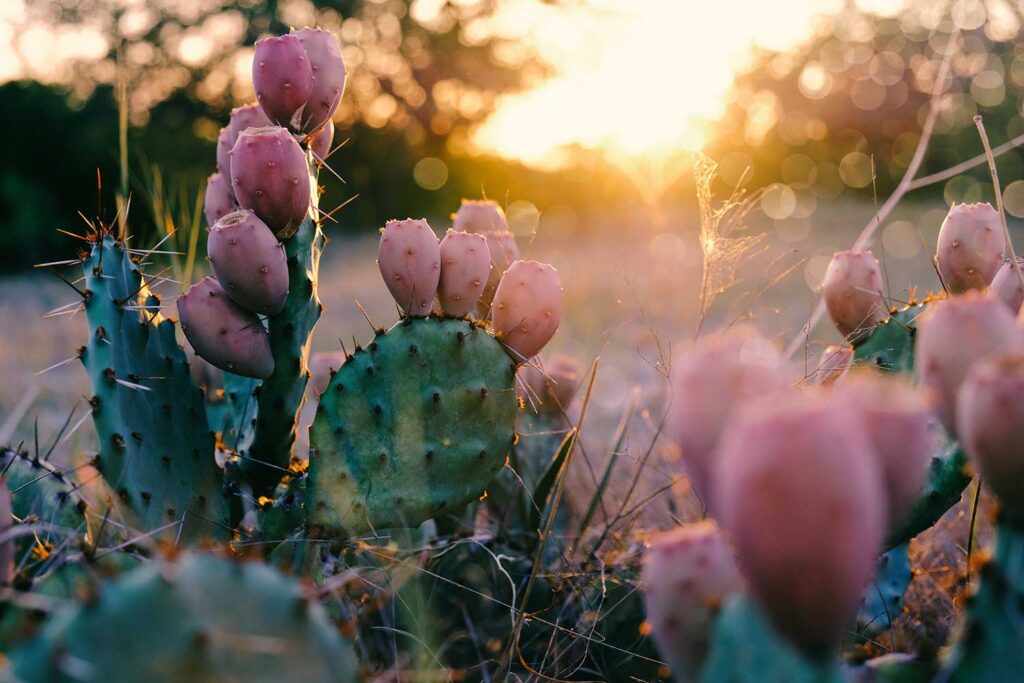As gardeners move into the OMG…did-I-order-enough-seeds phase of spring, look at the selections listed below. Some are unusual, some may be forgotten standards. Give something new a whirl. Afterall, why not?
Japanese Striped Maize (Zea mays ‘Japonica’) cobs are ready in 85 days. Until then, enjoy the pink, white, green, and yellow variegated leaves that grace this plant. What a way to get color into containers, along property edges, or in the garden. Mature cobs present burgundy kernels under dark purple tassels. While not a fresh eating corn, it can be ground and used for making tortillas or as fall decoration. Stalks grow to 5’ or 6’ and need plenty of sun and space for the best color.
 Moss Roses (Portulaca grandiflora) are a great plant for hot, sunny, well-drained locations. If provided with lots of heat and low humidity, they will reward the gardener with bright, beautiful blooms throughout the growing season. One of the reliably best series is Sundial. It consistently produces great colors on semi double, 2’ diameter flowers. Moss roses will grow readily from seed, developing flowers in nine to eleven weeks. Start indoors and plant outside when all danger of frost has passed. Site plants in full sun and well-drained soil for best success. Expect them to melt out quickly in mid-summer if damp, cool, humid conditions occur. If looking for a great edible portulaca, try Portulaca oleracea Yubi Summer Joy series. Great flavor, great flowers.
Moss Roses (Portulaca grandiflora) are a great plant for hot, sunny, well-drained locations. If provided with lots of heat and low humidity, they will reward the gardener with bright, beautiful blooms throughout the growing season. One of the reliably best series is Sundial. It consistently produces great colors on semi double, 2’ diameter flowers. Moss roses will grow readily from seed, developing flowers in nine to eleven weeks. Start indoors and plant outside when all danger of frost has passed. Site plants in full sun and well-drained soil for best success. Expect them to melt out quickly in mid-summer if damp, cool, humid conditions occur. If looking for a great edible portulaca, try Portulaca oleracea Yubi Summer Joy series. Great flavor, great flowers.
Snake Bean/Melon/Gourd (Trichosanthes cucumerina var. anguina) are tropical vines that quickly grow to about 10’. They have edible pods that may grow up to five feet long, if left unpicked. When young, pods are mild in flavor, seeds are inconsequential, and the whole fruit may be eaten raw. As they mature, the flesh develops a bitter taste. At that point, the mass surrounding the seeds develops into a mush that is used as a culinary substitute for tomato paste. Edible at most stages of growth, snake bean is most green bean-like early in the pod development. If left to fully mature, the pod exterior hardens and turns a lovely shade of red.
Love-in-a-Mist (Nigella damascena) is a beautiful annual growing 18”-24” tall in full sun to part shade. Although seeds can be started indoors 6-8 weeks before the last hard frost, they respond best when directly sown outdoors. The airy nature of these star-shaped flowers begs to be planted in groupings or heavily woven throughout a bed with a companion. Flower colors vary from whites to pinks, blues to deep burgundies. Allow the flowers to develop into seed heads for a lovely second look. Developed for their decorative properties, Nigela damascena are not the best for culinary use, as it won’t kill you but it won’t add anything to your cooking endeavors either. If looking to add homegrown culinary Nigella to the garden roster this year, go for Nigella sativa. It is often referred to as black cumin but is not in the cumin family. Along with Nigella damascena, Nigella sativa is included in the same family as anemones and peonies.
Garden Huckleberries (Solanum melanocerasum) are not true shrub huckleberries, which are the Vaccinium spp. Garden huckleberries are an annual in the same family as tomatoes and will grow from seed to fruiting stage in 80-90 days. They bear dark purple, ½” – ¾” fruits. Berries are high in antioxidants and are loaded with unpleasant tannins making them unattractive to wildlife. As the wildlife leave them alone and they have a long branch life, harvesting can be done on a slow and easy schedule. Cooking brings out the sweetness in these berries. Do be cautious when planting. Mark the location so as not confuse them with nightshade plants, as they look quite similar.
Sweet Peas (Lathyrus odoratus) may be planted outside as soon as the soil is workable and about 60° F. Soaking the seed overnight will help with germination. Choose a planting site that has good airflow with cool shade for the roots. Early, fragrant flowers are why everyone should plant these beauties. Keep spent flowers trimmed to allow production to continue until the early summer heat arrives. Provide support for the fast growing, tendril rich, six-to-eight-foot vines. There are bushy form(s) available and well worth a try. Be sure to cut, cut, cut to promote continuous blooming.
 Prickly Pear Cactus (Opuntia humifosa) are for the northern region cacti enthusiasts. Never fear, these will grow wonderfully in zones three to seven. A lover of dry soils, plant them in full sun to partial shade in very well-drained soils. Lovely yellow flowers appear in spring followed by edible red fruits (great mixed into a sangria or margarita). A height of around eight inches will be about the maximum, but they do tend to sprawl like a sun goddess on a lounge chair.
Prickly Pear Cactus (Opuntia humifosa) are for the northern region cacti enthusiasts. Never fear, these will grow wonderfully in zones three to seven. A lover of dry soils, plant them in full sun to partial shade in very well-drained soils. Lovely yellow flowers appear in spring followed by edible red fruits (great mixed into a sangria or margarita). A height of around eight inches will be about the maximum, but they do tend to sprawl like a sun goddess on a lounge chair.

